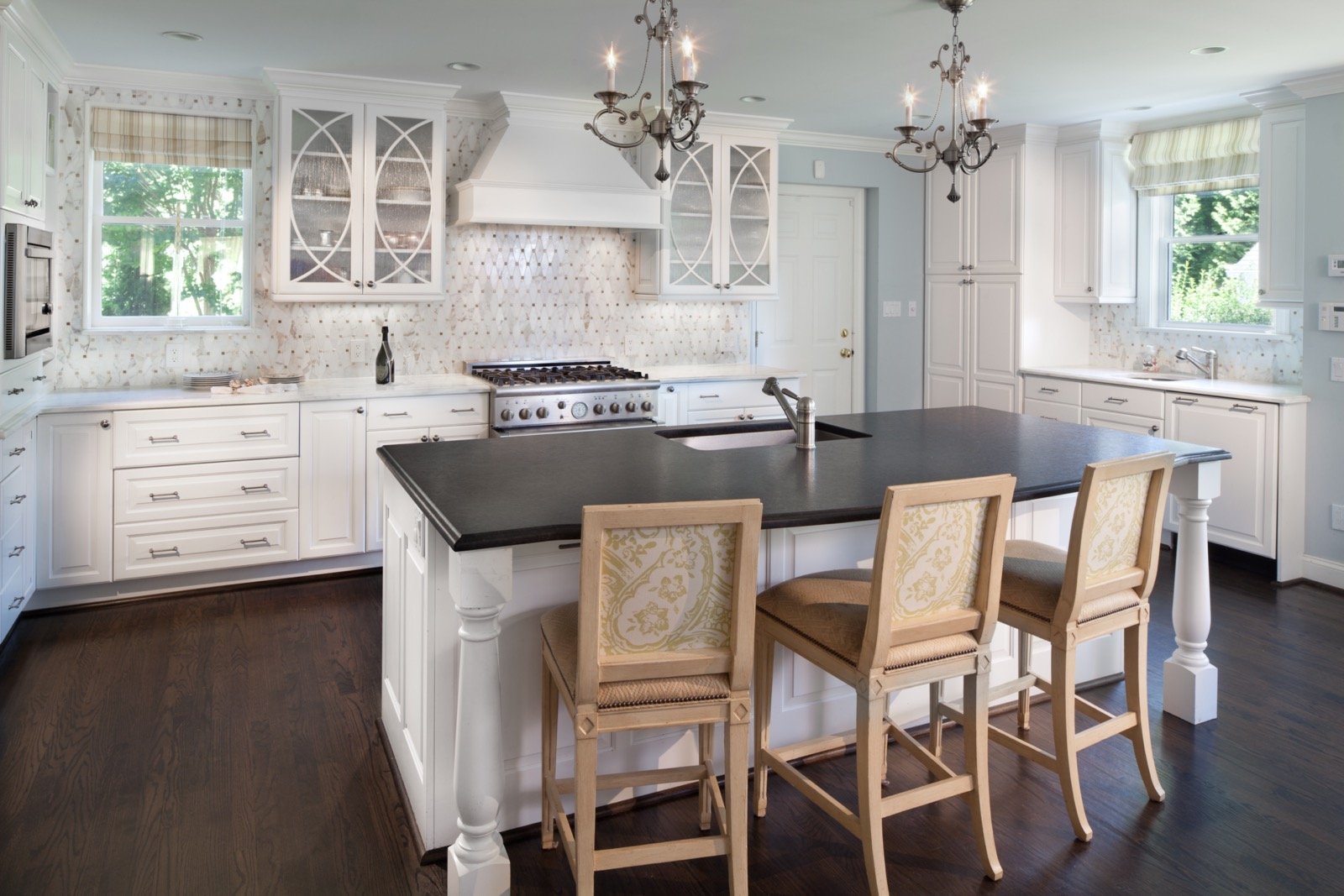
When space is getting tight in your home -- whether it’s in Arlington, Cleveland Park, Rockville, or anywhere in between – an addition is one of the first solutions that comes to mind. There are two questions you need to ask when considering whether or not to include an addition in your home renovation plans: First, is an addition possible? And second, is an addition necessary?
If both answers are yes, then great! Start planning and budgeting. But sometimes an addition is neither practical nor necessary. In that case, how do you rethink, repurpose, and make the most of the space you do have available? Are there ways to gain space you haven’t thought of?
Maximizing the space you have takes creativity, but the results can solve most or even all of the problems that got you thinking about an addition in the first place.
Reasons Not to Move Forward with a Home Addition
Sometimes, even if it seems like the best solution, a home addition just does not work out. In my experience there are two big reasons for this: zoning regulations, and budget.
When Zoning Regulations Present an Obstacle
Before you are led too far down the path by dreams of an addition, you’ll want to check on regulations like setbacks (the distance a building needs to be from the property line in your front, back, and side yards.) You’ll also want to check regulations about the overall footprint of the structure, which is the percentage of land that can be taken up by buildings on your property. Different municipalities in Metro DC will have different requirements for each.
If you are in an older, more urban neighborhood where homes are already fairly close together, building an addition may run afoul of those restrictions. You can try to get a variance, but that can take time, and there are no guarantees about the results.
When the Budget Presents an Obstacle
What about budget constraints? You may feel like you have a healthy budget for your home renovation project. Consider the comparable resale or new home price per square foot in your neighborhood. What are people paying for new homes or resale properties where you live? You should not expect to pay less than that for an addition, and there are factors that could increase the price per square foot.
A general rule of thumb to keep in mind is that the smaller the addition, the higher the square foot costs. The elements you want, when you put them all together, might have a higher price tag than you anticipated. For instance, if your addition will include a kitchen, you can’t take an average cost per square foot of a 2,000 square foot home and expect to have the kitchen of your dreams for that same price per square foot. The square footage of that kitchen alone will be much less but will be chock-full of some of the highest ticket items in your home.
Moving Past the “Need” for an Addition
Think through your list of wants and needs. You might find that, even though there may be no legal or financial barriers to building an addition, you might not actually need one.
You may be able to remove or relocate some walls and rework a space so it better meets your needs. There may be some under-used spaces that can gain new purpose with this kind of space planning.
Here are three examples of alternatives to the three most common types of additions: kitchen addition, family room addition, and master suite addition.
1) What to Do Instead of Building a Kitchen Addition
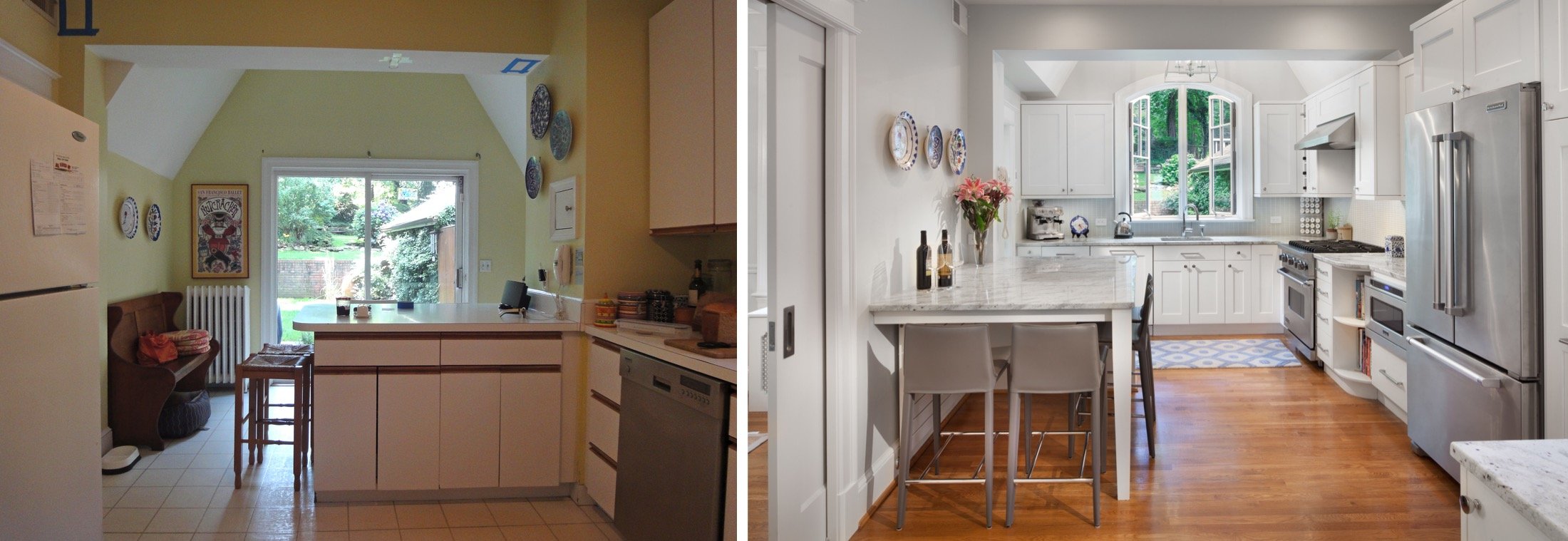
The owners of this quaint Chevy Chase tudor felt jammed into their kitchen. As you can see in the before and after photo above and floor plans below, the working part of the kitchen was confined to about one-half of the space. A seating bar dividing the kitchen area in half didn’t provide adequate seating and the remaining space wasn’t enough to accommodate table seating. Plus, it blocked the way to the sliding doors to the yard. The designers cleared away that blockage, opened up the space, replaced the sliding glass door with a large stylish window, and moved the exterior door to the side. In doing so, they doubled the storage and countertop space, doubled the seating capacity, and improved flow in the space. Note that the built-in marble top table can double as an auxiliary food preparation areas.
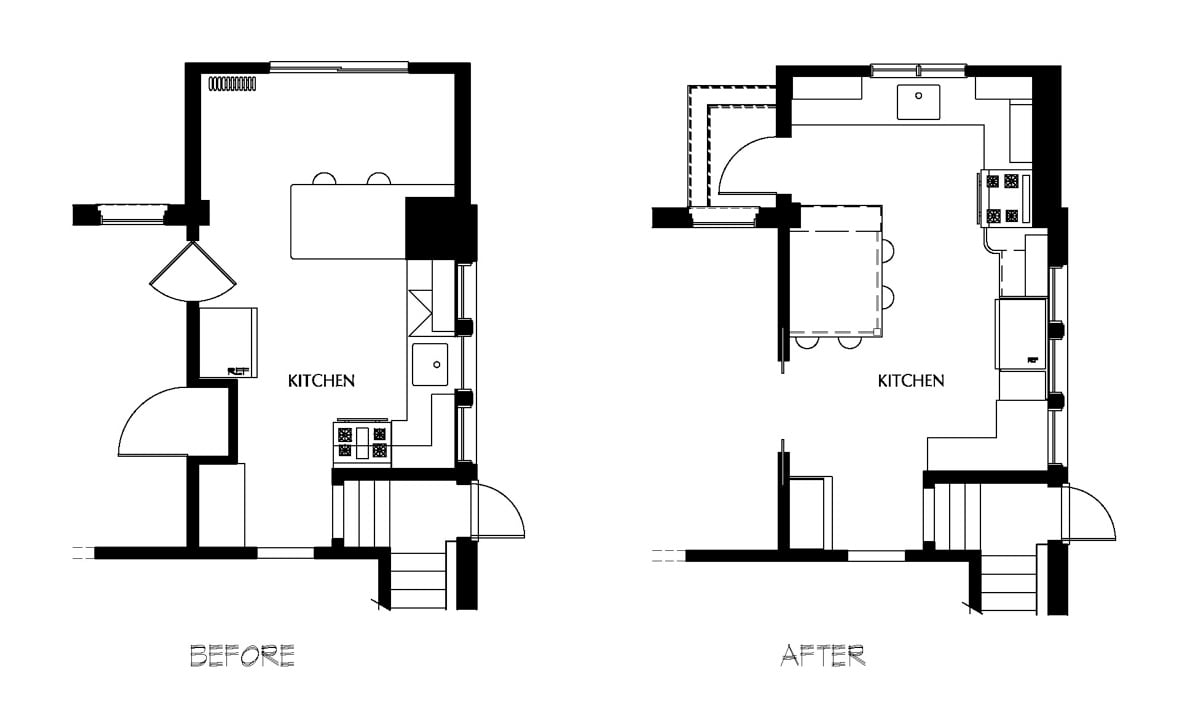
2) What to Do Instead of Building a Family Room Addition
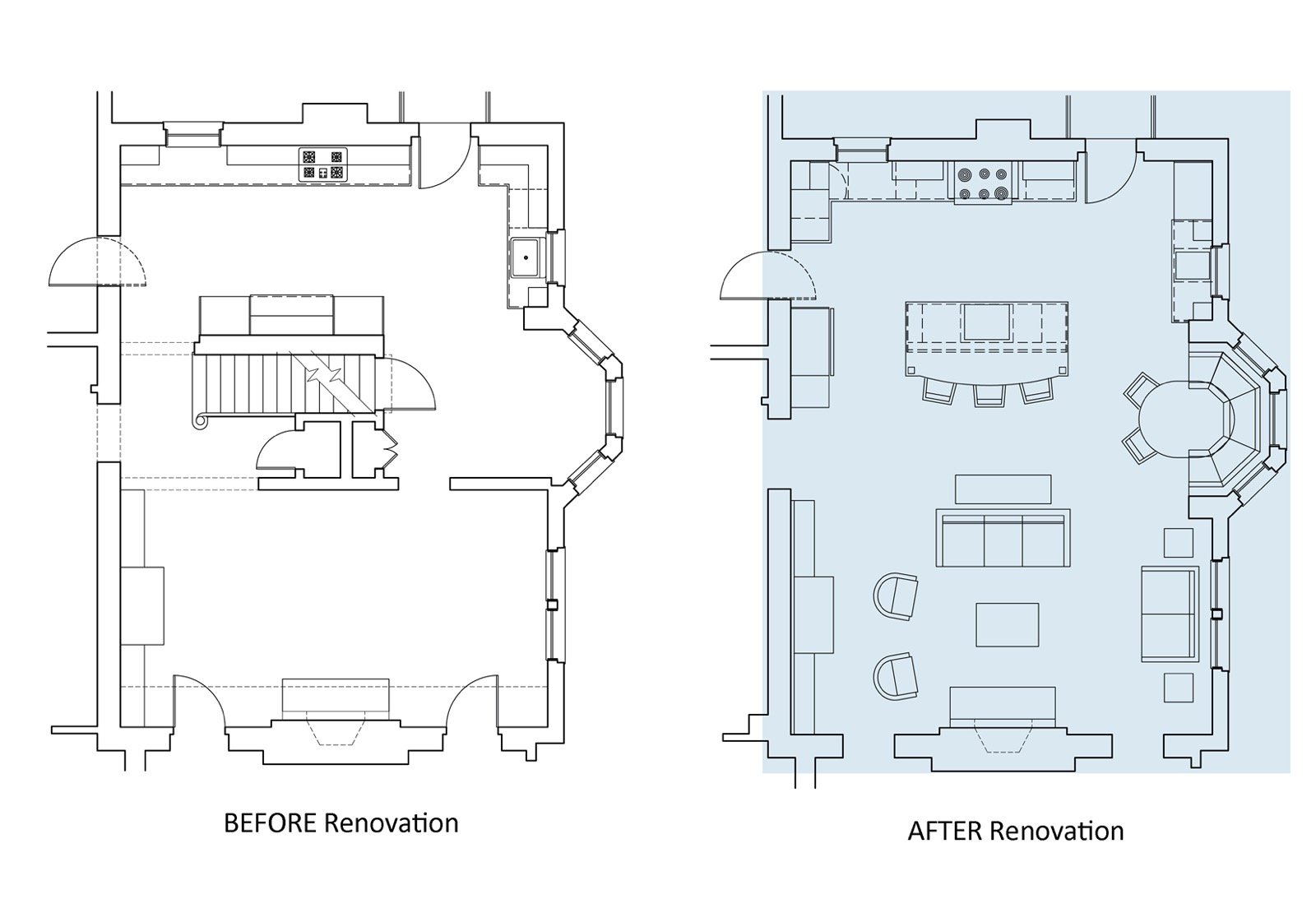
The owners of this home wanted to have an open plan kitchen and family room. Their problem, as you can see in the floor plan, was that a rear staircase and structural walls divided the space into two rooms with no visual connection. Some older homes have two staircases. One connects the second floor directly with the kitchen, and another that terminates in the foyer at the front of the house. Since this unnecessary structure was the only thing standing between them and their dreams of an open kitchen/family room “addition, the designers removed the obstacle and renovated the entire area and gained enough space to easily accommodate a large kitchen island with seating.
3 What to Do Instead of Building a Master Suite Addition
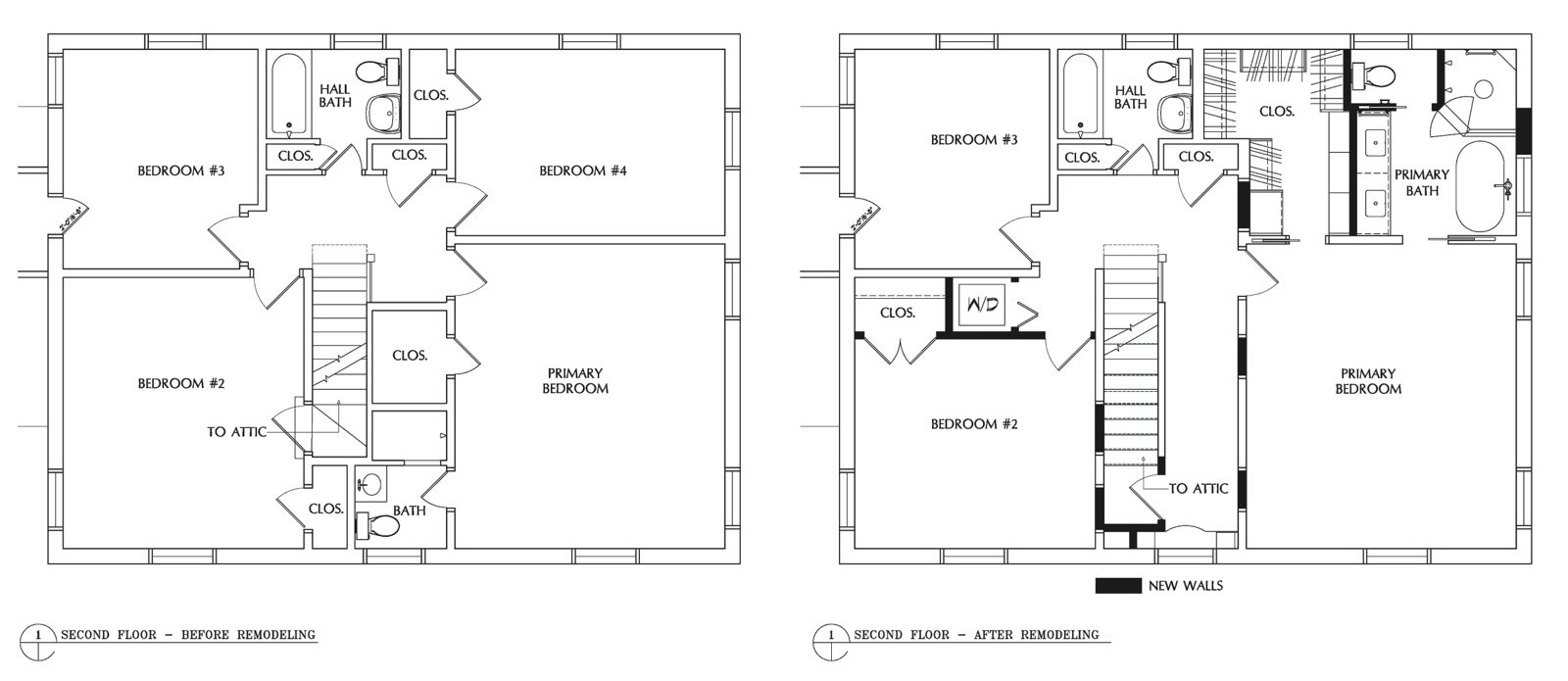
In this example the owners had an extremely small master bath and closet. Rather than build an addition, the designers showed them how to reconfigure the existing space. The key was taking bedroom #4 to use for the new master bath and closet. Then, by removing the existing master bath/closet and relocating the closet in bedroom #2, they created an interior hallway leading to the attic stairs. The attic space was prepared to become a bedroom if the family should need it in the future.
Space Planning and Renovation Without an Addition
Thinking “within the box,” you can begin to see that there is much you can do with the space you have. A good designer will be able to show you how to exploit that potential.
The good news is – if an addition is not feasible, legal, or necessary – you have plenty of options. You have more room in the existing square footage of your home than you think. Finding the right design-build partner can make all the difference.
To learn more about the home addition design-build process, download our eBook titled "What Every Homeowner Needs to Know About Home Additions and Whole Home Remodeling" to get an in-depth understanding. If you are considering a home renovation, please feel free to schedule a home renovation discovery session with Gilday today.
8820 Brookville Road,
Silver Spring, MD 20910
© Gilday Renovations 2025
info@gilday.com


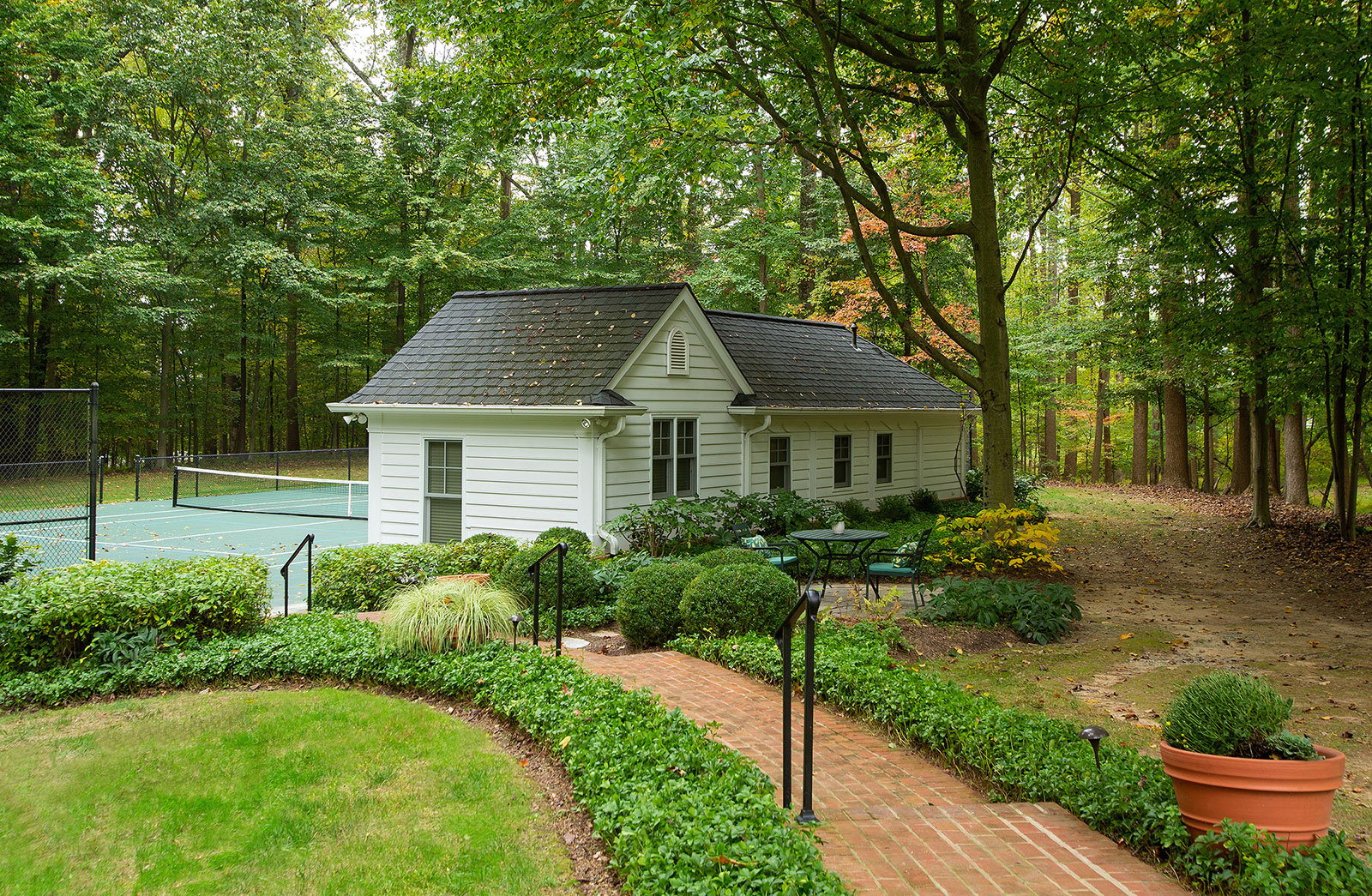
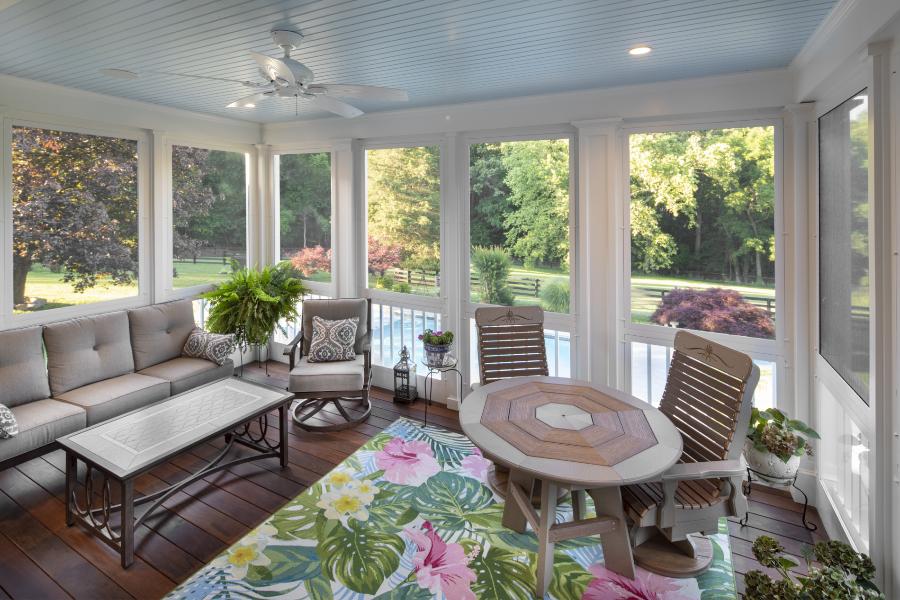
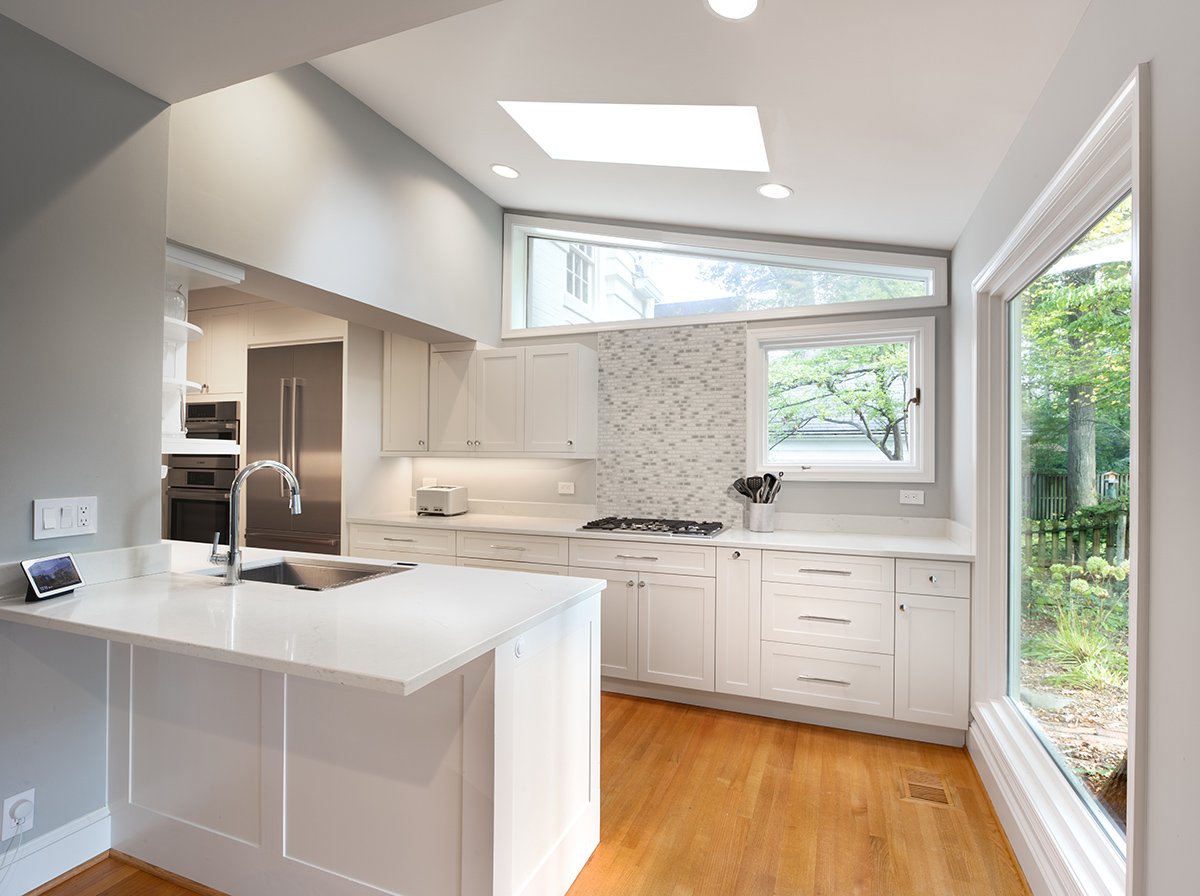
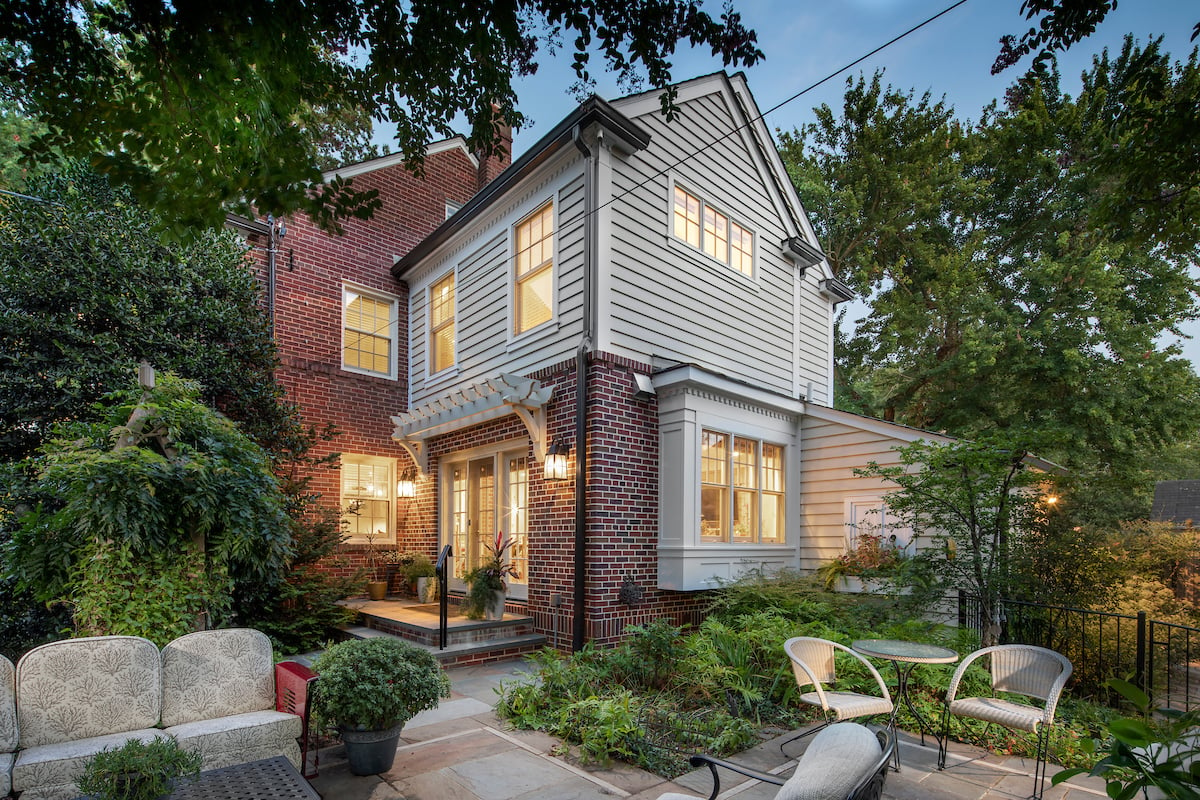
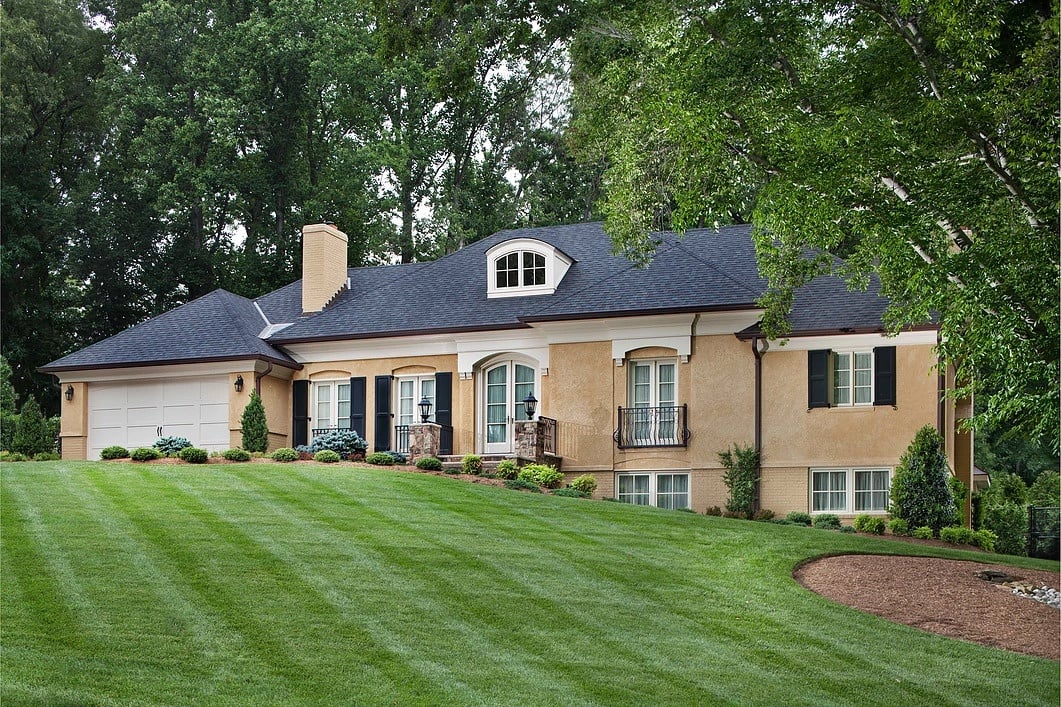
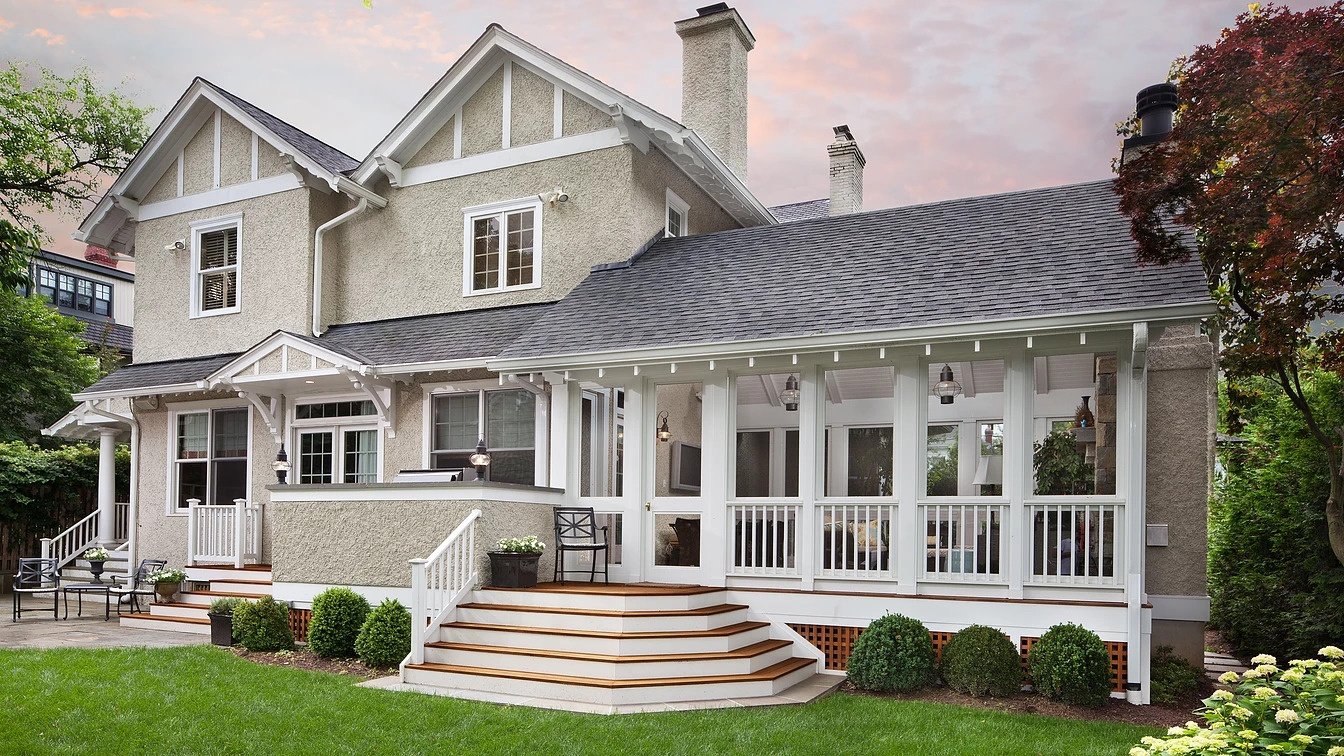
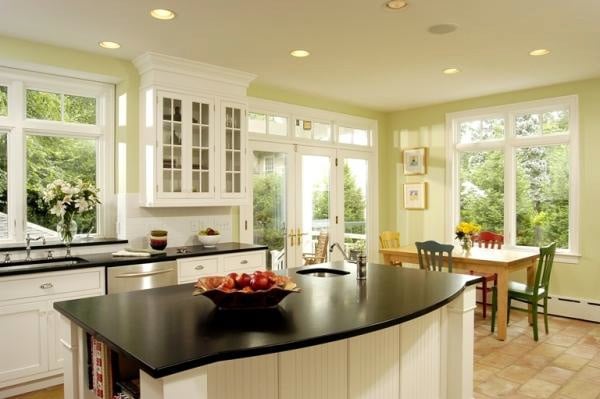
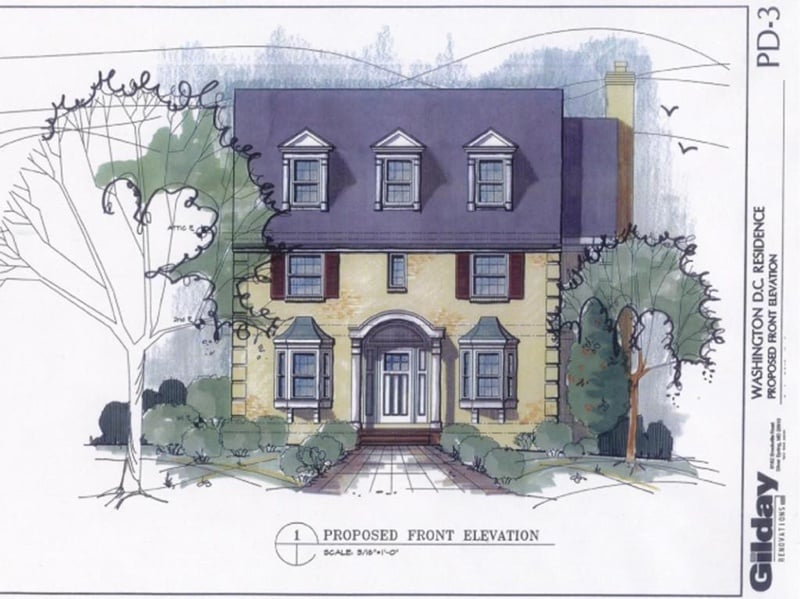
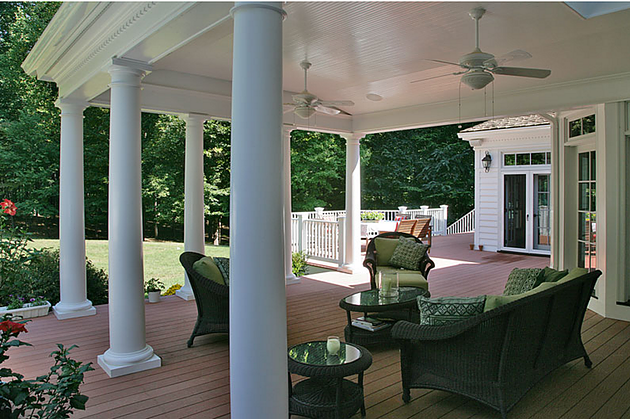
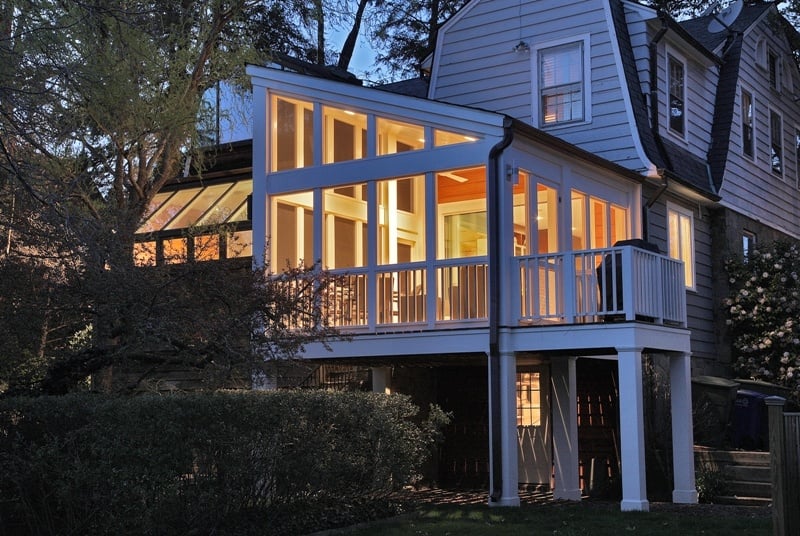
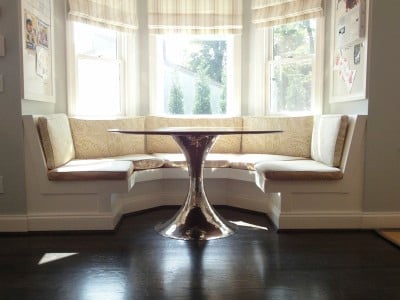
Leave a comment